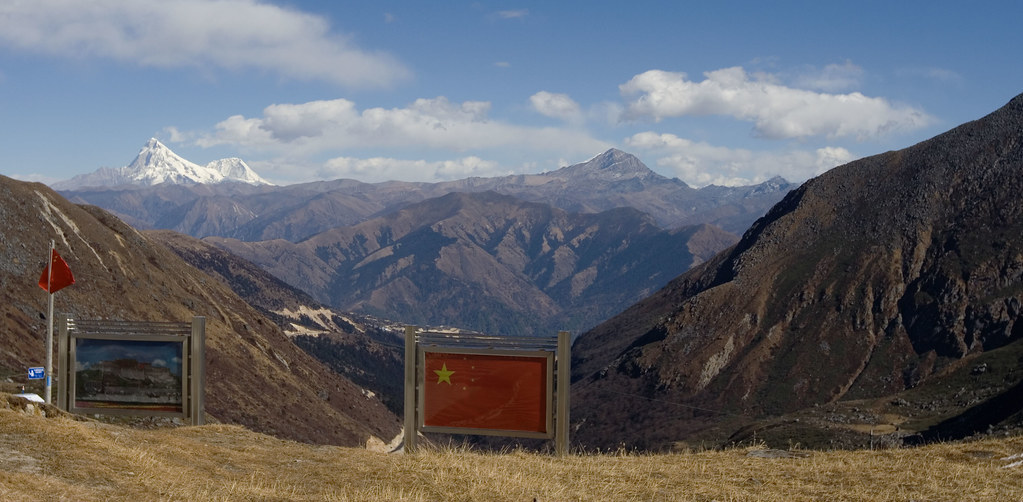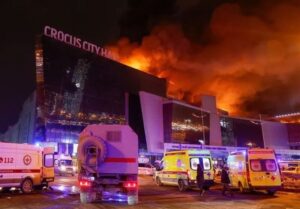On Monday, for the first time in 45 years, Indian and Chinese soldiers engaged in fatal, localized skirmishes along the more than 2,000-mile disputed boundary between the two countries. It’s a significant escalation of tensions between the two Asian nuclear powers, who have been engaged in a sometimes-violent standoff since early May, though one that had until this week not led to any deaths.
The situation had already attracted considerable international concern, with President Trump on May 27 offering U.S. diplomatic assistance to India and China to help resolve what he called at that earlier stage “their now raging border dispute.”
What has happened so far?
As M. Taylor Fravel explained in the Monkey Cage on June 2, this current crisis was already different from other recent Sino-Indian skirmishes because “China is simultaneously putting pressure … in multiple areas in the western sector” of the disputed border. Indian and Chinese troops have generally avoided clashes along the Line of Actual Control, or LAC, the de facto border since the 1962 Sino-Indian war. In at least 23 places, the location of the LAC is itself disputed.
China appears to have seized some small portion of these disputed zones, perhaps out of concern that Indian road and bridge projects in the area might have made it harder for China to maintain its claims if it did not move first. This type of “fait accompli” is common in interstate land grabs, but there’s a risk. Dan Altman, in his 2017 study, finds that about 1 in 3 initial land grab attempts trigger a retaliatory land grab by the aggrieved country, while a similar fraction erupt into wars.
Read the full article.




